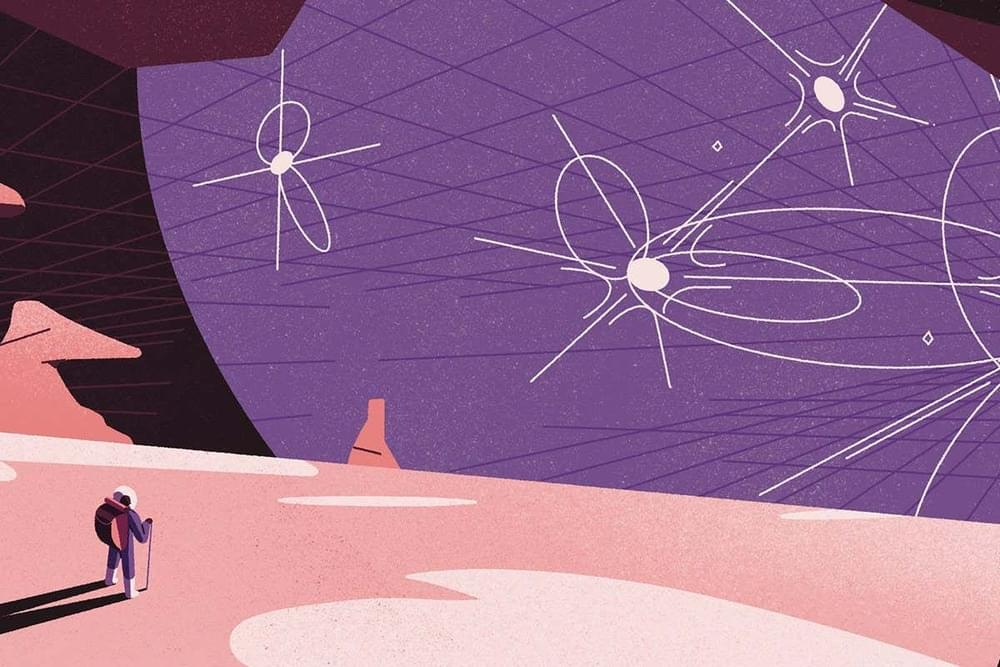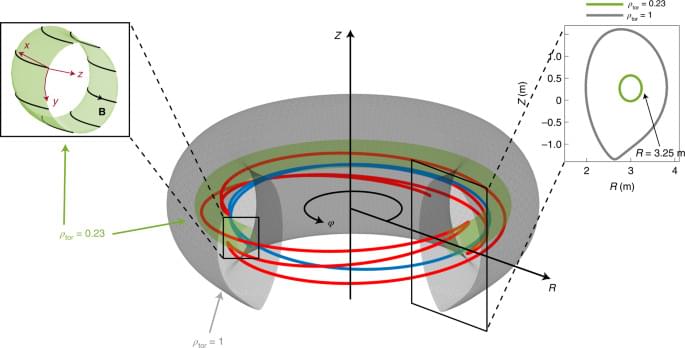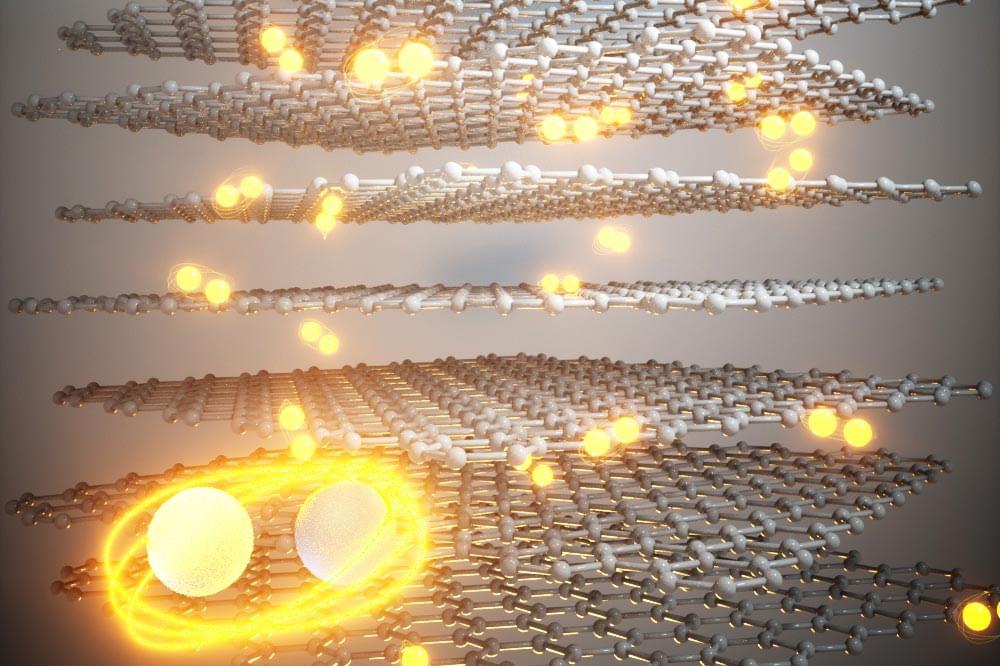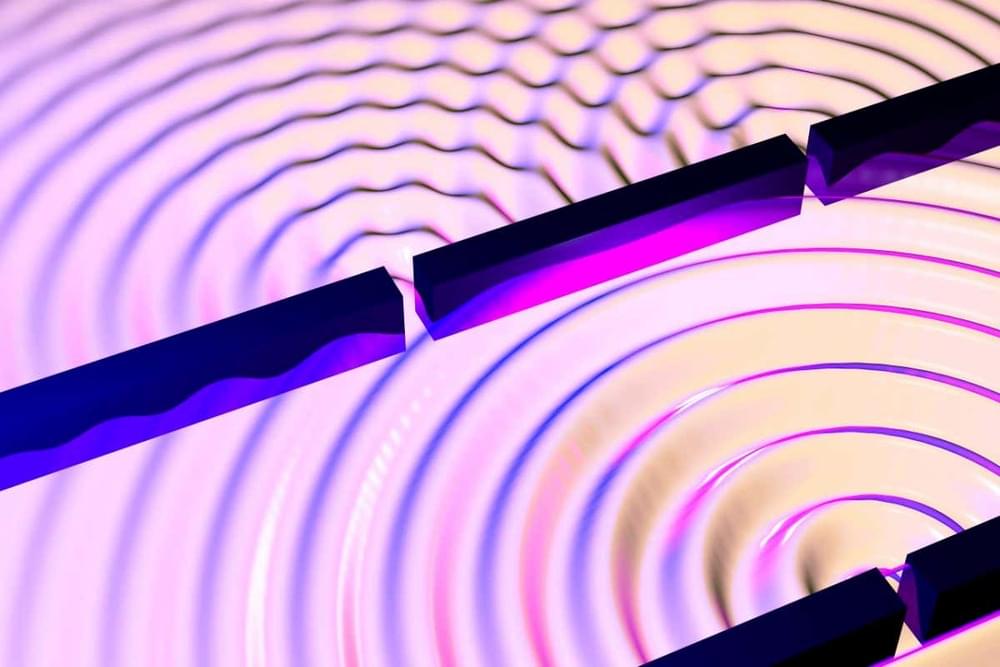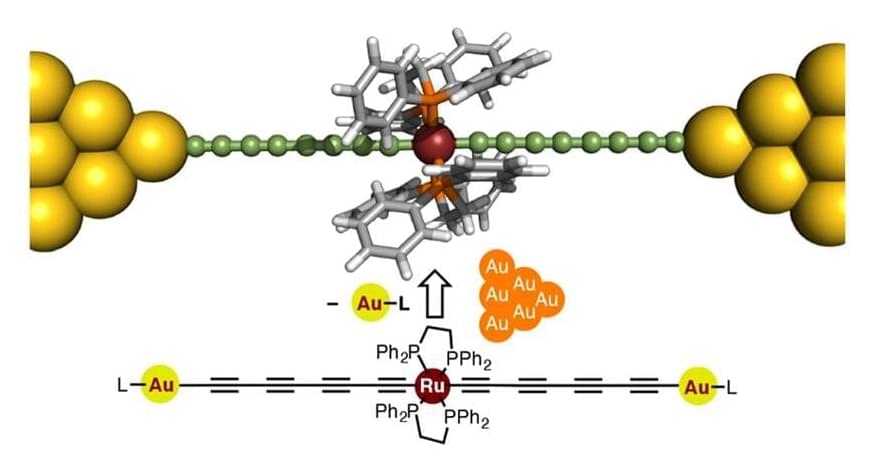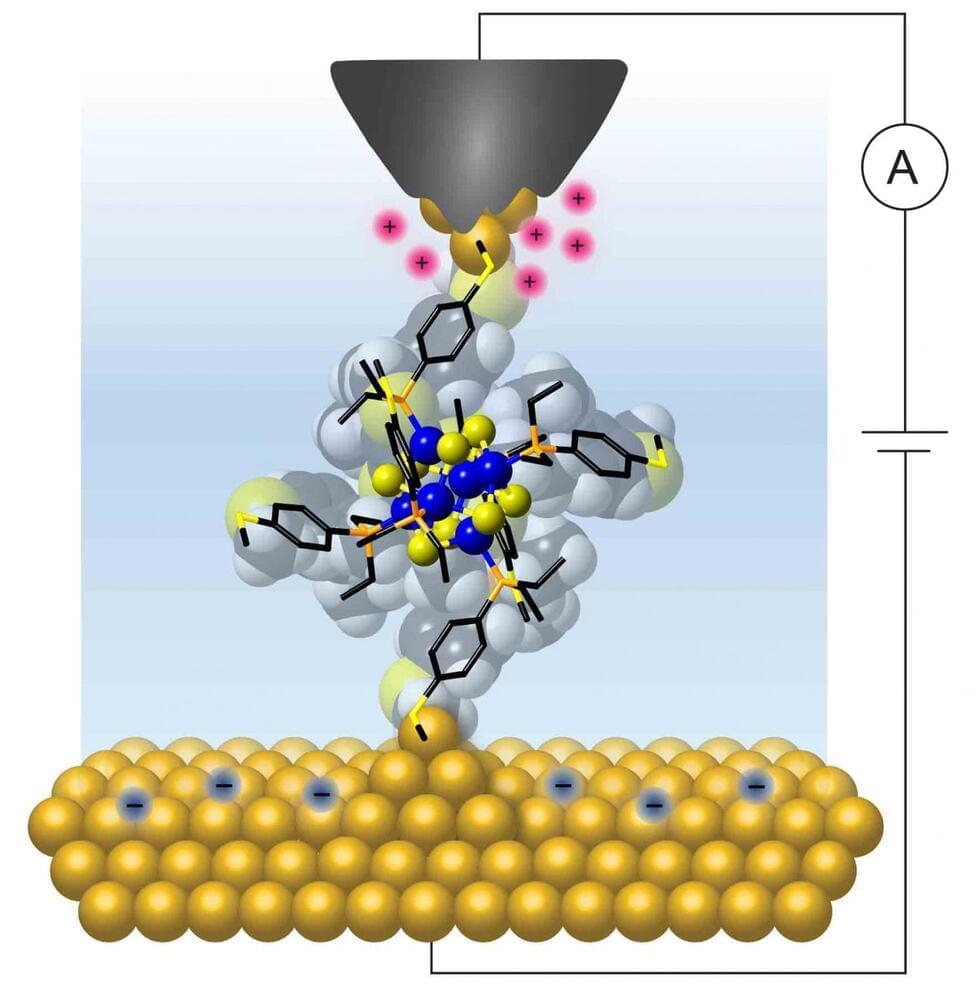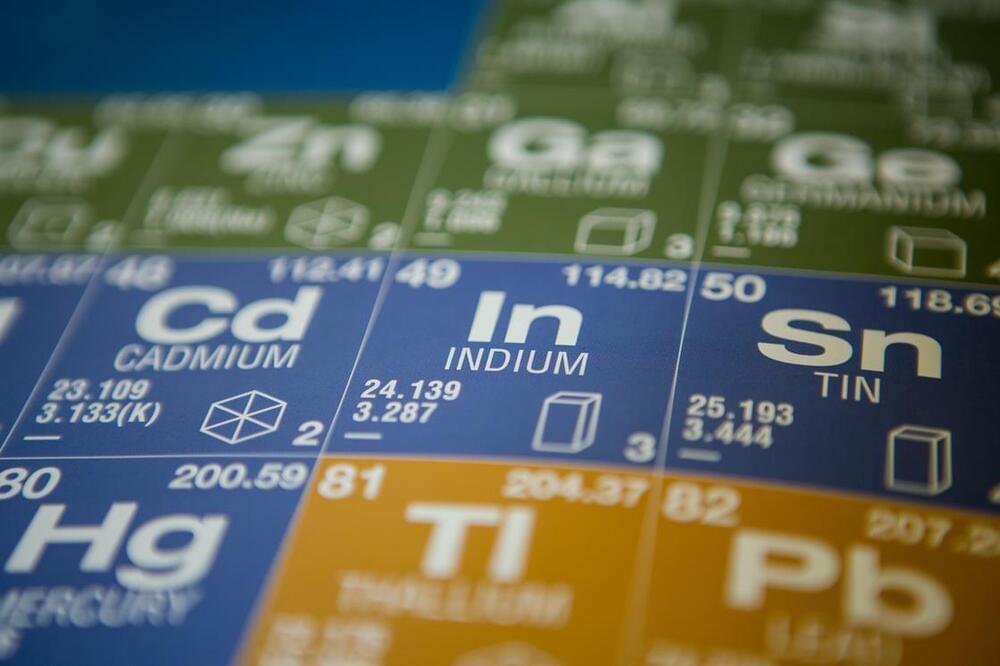
An investigation into a neutron-rich isotope of indium using a cutting-edge nuclear physics technique has begun to unravel the mysteries of how single particles behave inside the nucleus.
We have known that a nucleus is comprised of protons, which give an element its atomic number, and neutrons since the early 1930s. But how an individual proton or neutron behaves inside the heart of an atom is still poorly understood. Now, an international collaboration including scientists from Canada, China, Finland, France, Germany, Poland, Sweden, Switzerland, the UK and US has taken a step closer to understanding these complex interactions.
Nuclear physics researchers often look at elements with so-called ‘magic numbers’ of protons or neutrons, which are exceptionally well bound and thus highly stable. However, to learn about nuclear structure, nuclides with one fewer proton are used, known as a single proton hole. By investigating the electronic transitions, researchers can study the atomic, hyperfine structure of individual particles due to the interactions between electrons and the nucleus. This gives clues as to the nucleus’ magnetic and electric characteristics, which can then give a complete picture of how all protons and neutrons are distributed and interact inside a nucleus.
